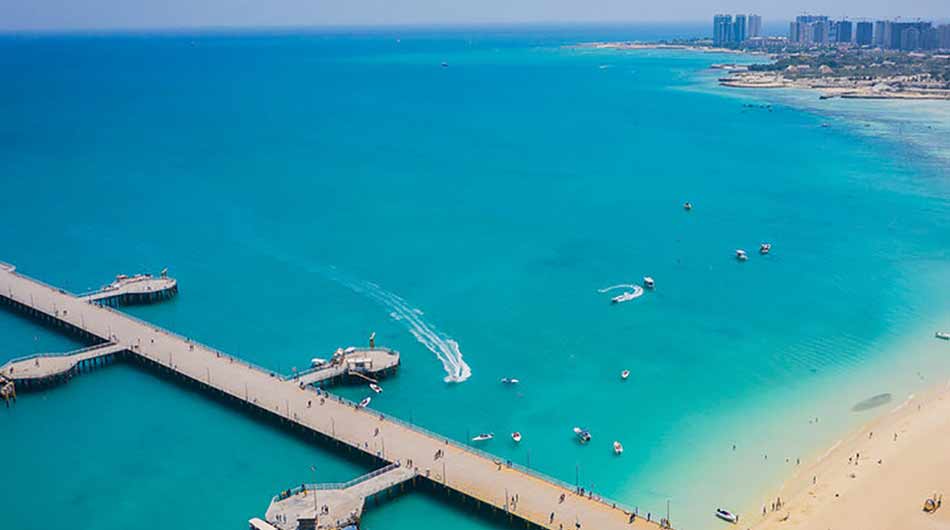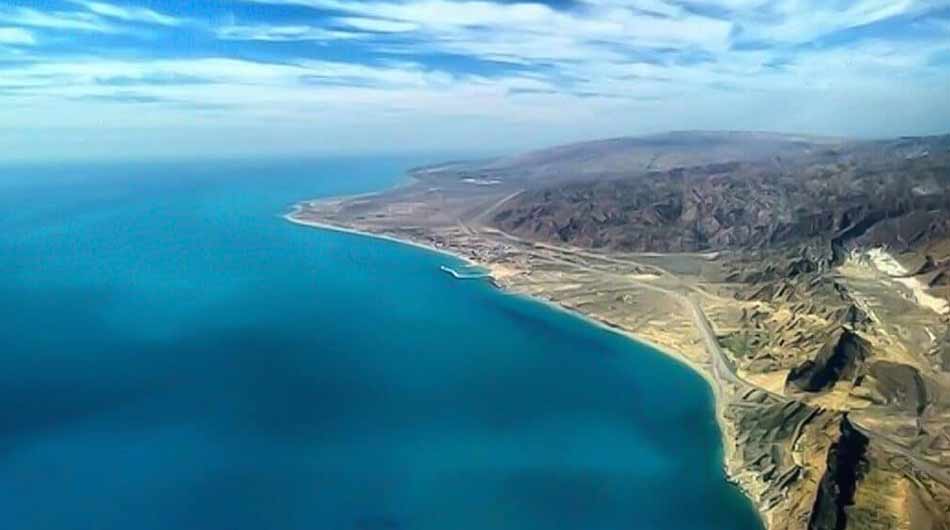The Persian Gulf: Historical Significance and Cultural Influence

Historical Significance
Ancient Civilizations and Trade Routes
The Persian Gulf has been at the heart of some of the world’s earliest civilizations. The ancient Sumerians, Assyrians, Babylonians, and Persians all thrived along its shores. Archaeological evidence suggests that the region was a hub of activity as early as the 3rd millennium BCE, with cities like Ur and Dilmun (modern-day Bahrain) playing critical roles in trade networks that extended across the ancient world.
The Gulf’s waters facilitated the exchange of goods such as spices, textiles, and precious metals, linking Mesopotamia with the civilizations of the Indus Valley, Egypt, and beyond. These trade routes were not just conduits for commerce but also for the exchange of ideas, technologies, and cultural practices, contributing to the development of the rich tapestry of cultures that we associate with the region today.
 The Rise of the Persian Empire
The Rise of the Persian Empire
The Persian Gulf’s significance grew with the rise of the Achaemenid Empire in the 6th century BCE. Under the rule of Cyrus the Great and his successors, the Persian Empire became one of the largest and most powerful empires in history. The Persian Gulf was crucial for the empire’s trade and military strategy. The Achaemenids established a complex network of roads and ports, enhancing their control over the region and facilitating the movement of goods and troops.
The empire’s influence extended beyond its borders, as Persian culture, language, and governance left a lasting impact on the surrounding regions. The Persian Gulf, as a vital part of the empire, played a central role in this cultural diffusion, helping to spread Persian culture throughout the ancient world.
The Islamic Golden Age and Beyond
Following the Islamic conquests of the 7th century CE, the Persian Gulf became an integral part of the Islamic world. The cities along its shores, particularly Basra and Siraf, flourished as centers of trade, scholarship, and culture during the Islamic Golden Age. The Gulf served as a key maritime route for traders traveling between the Islamic Caliphates and the markets of India, China, and Southeast Asia.
This period also saw the rise of the Arab and Persian navies, which dominated the waters of the Gulf and the Indian Ocean. The exchange of goods during this time included not only spices and textiles but also scientific knowledge, literature, and art, contributing to the rich cultural legacy of the Islamic world. The Persian Gulf’s role as a crossroads of civilizations continued to shape the region’s identity and influence.
 Cultural Influence
Cultural Influence
Linguistic and Literary Heritage
The Persian Gulf region has been a melting pot of languages and cultures for centuries. Persian, Arabic, and various dialects spoken by the diverse communities around the Gulf have coexisted and influenced each other. Persian literature, particularly poetry, has had a profound impact on the literary traditions of the region. The works of poets like Rumi, Hafez, and Saadi have transcended borders, inspiring writers and thinkers across the Arab world and beyond.
The Persian Gulf’s influence extends into the realm of folklore and oral traditions as well. Stories of seafaring adventures, pearl diving, and the mysteries of the sea are common themes in the region’s cultural narratives, reflecting the deep connection between the people and the waters of the Gulf.
Architectural and Artistic Traditions
The architectural and artistic traditions of the Persian Gulf region are equally diverse and rich. The coastal cities of Iran, Iraq, Kuwait, Bahrain, Qatar, and the United Arab Emirates are home to a unique blend of Persian, Islamic, and local architectural styles. Traditional wind towers, or badgirs, found in cities like Dubai and Doha, showcase the ingenuity of Persian architectural design adapted to the hot, arid climate of the Gulf.
Artistic expressions in the region have also been influenced by the Persian Gulf’s role as a cultural crossroads. Persian miniatures, calligraphy, and ceramics have left a lasting mark on the visual arts of the Gulf states. The fusion of Persian and Islamic motifs can be seen in the intricate designs of carpets, pottery, and jewelry, which remain popular cultural artifacts in the region.
The Persian Gulf Today
In the modern era, the Persian Gulf continues to be a region of great strategic importance. Its vast reserves of oil and natural gas have made it a focal point of global energy politics. However, beyond its economic significance, the Gulf remains a symbol of the enduring cultural connections that have shaped its identity over millennia.
The Persian Gulf’s historical significance and cultural influence are evident in the thriving, cosmopolitan cities that dot its coastline today. From the ancient ruins of Persepolis to the modern skyscrapers of Dubai, the region’s past and present are inextricably linked, offering a glimpse into a world where history and culture continue to shape the future.
Tags:Adventure holidays, Best time to travel to iran, best tour operator iran, Cultural sites of Iran, Culture of Iranian People, Economy of Travel, Holiday in Iran, Iran Architectural, iran attractions, Iran country, Iran cultural, iran destinations, Iran enriching experience, Iran sightseeing tours, iran Solo trip, iran tour, Iran tour packages, iran tourist attractions, Iran travel agency, iran travel expenses, Iran Travel Guide, Iran Travel Tips, Iranian culture, Iranian Hospitality, must-visit Iran, persia tour, Persian Gulf, Surfing In Iran, the Persian Gulf, top tourist destinations, travel to iran, Traveling to Iran, travelling to iran, trip to iran, vacation packages, visit iran, خیلج فارس, درناگشت

 The Rise of the Persian Empire
The Rise of the Persian Empire Cultural Influence
Cultural Influence